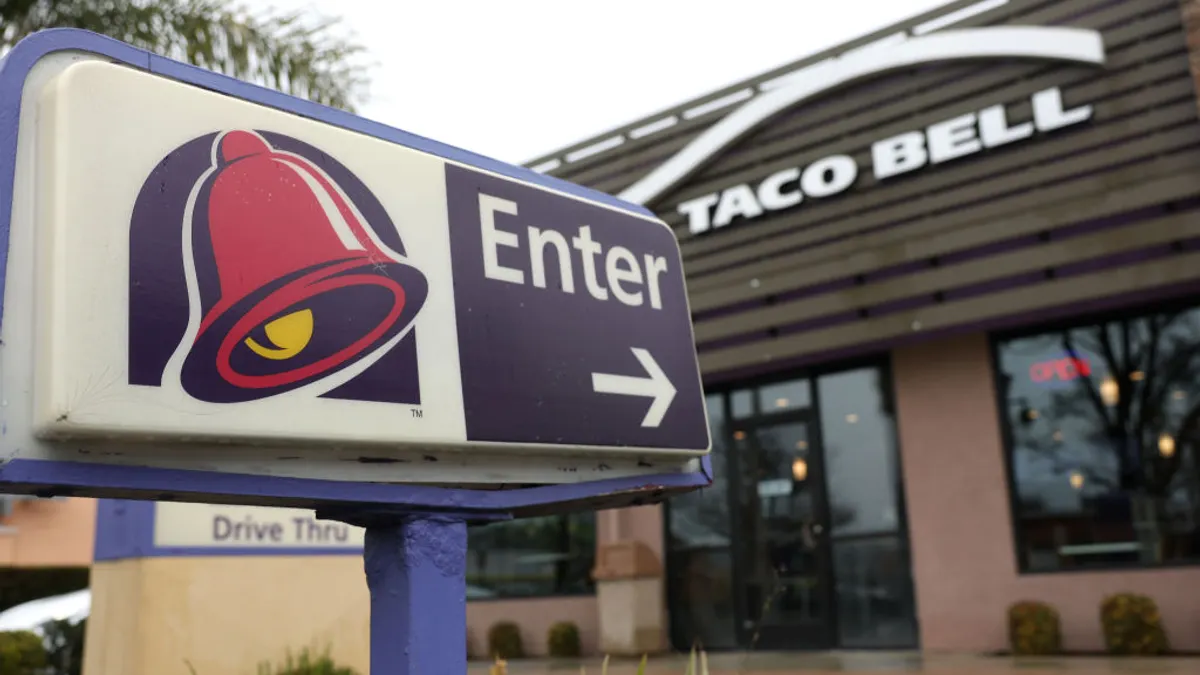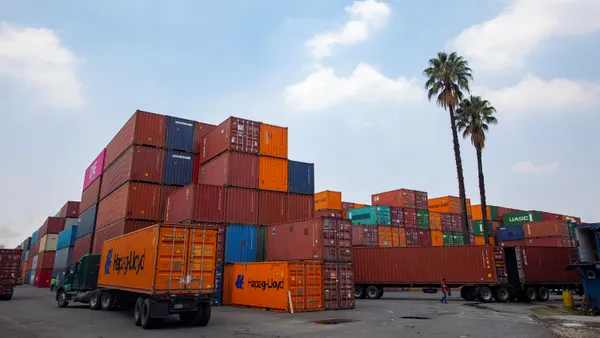As with other industries, the Auto industry deals with production of orders from different sources. Some units are made-to-order and come directly from the final customer, while other units are made-to-stock and come from sales forecasts. Made-to-order units are often the most profitable as they already have a buyer and often utilize high-value commodities. Therefore, it is important for a production planning system to give these types of orders priority to be planned, and to make sure that they are built and shipped to the customer as soon as possible.
While important, this type of prioritization and front-loading of specific groups of orders presents challenges by introducing uneven distributions of commodities into the plan. An ideal plan follows the principle of "Heijunka" or the smoothing of commodities across the days/weeks/months, to bring stability to the upstream and downstream links of the supply chain.
These types of uneven distributions can lead to many problems:
- Decreases in throughput due to line stoppages and slowdowns
- Added costs to support overtime shifts
- Added freight costs due to uneven and uncertain shipping schedules
- Potential to miss delivery dates
Given this, it is critical that a planning system be able to provide an optimal blend of smooth and level production plans, while maximizing the usage of profitable commodities and decreasing lead time for made-to-order units, all while ensuring the highest possible throughput is maintained.
Limitations of Heuristic Production Planning
At one of our automotive customers, their legacy system utilized a heuristic or "Next Best" optimization approach in an attempt to tackle these challenges. This type of solution worked well to prioritize high value orders, but excessively over-valued order selection criteria, leading to less than optimal fill rates and low commodity usage. Due to the heuristic nature of this type of system, the solution it provides is one where high value units are front loaded in the early parts of the horizon, but there are no suitable orders left to fill the later parts of the horizon, leaving gaps to be filled and ultimately producing an unbuildable plan. To make the plan buildable an analyst needs to comb through the plan and make changes and sacrifices to the earlier days/weeks/months to fill in the gaps left by the legacy system.
These shortcomings lead to an increase in the time it takes to generate a production plan, and cost analysts many hours of unnecessary work to modify and adjust the solution to make the plan buildable. This often takes many iterations, each time requiring input from the many stakeholders, and sacrifices to initial planning criteria before a plan can be completed.
In order to maintain profitability, while simultaneously prioritizing the needs of the final customer and the supply chain, an Advanced Planning and Scheduling system needs to have the ability to quickly generate a production plan which finds the optimal blend of the conflicting requirements.
The Advantage of Constraint-Driven Optimization
Rather than approach the problem with a Heuristic method, Optessa leverages the power of constraint-driven optimization methods to provide the highest quality solution subject to any number of business rules and priorities. This can be thought of as a "Big Bang" approach, where rather than considering the highest priority requirement first, then the next, then the next, etc., all variables and constraints are considered simultaneously, and come together to provide a solution which is truly optimal.
Constraints within Optessa can be defined to prioritize not only the planning of higher priority orders over lower priority orders, but also prioritize placement within a planning horizon based on any number of variables. Additional constraints can be defined to increase capacity utilization and ensure maximum fill rates while smoothing commodities across the days/weeks/months to ensure an even plan. This leads to production plans which provide an optimal mix of the highest priority orders built as soon as possible, and a smooth and level plan which does not violate plant and supplier limits.
Decreasing Order-to-Delivery Time by Seven Days
Solving the problem with this holistic approach means that some trade-offs may occur early in the production plan, ensuring an even quality solution across the entire production horizon. In addition, constraint-driven optimization ensures that the production plan has exactly the right balance between order selection and order fill rates, generating the most cost-effective solution.
In generating a plan which provides an optimal balance of front-loading and prioritizing made-to-order units with smooth and level principles, Optessa was able to provide valuable savings to the business in the form of:
- Increased fill rates, leading to fewer re-planning iterations and saving analyst time and effort to complete the plan
- Decreased Order-to-Delivery dates by seven days, ensuring customers receive their orders on time and as early as possible
- Maximized high-value commodity usage, ensuring the most profitable units are prioritized and no high-value parts go unused
- Minimized deviations from forecast, ensuring supply chain stability










